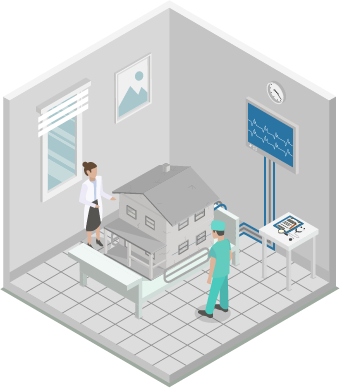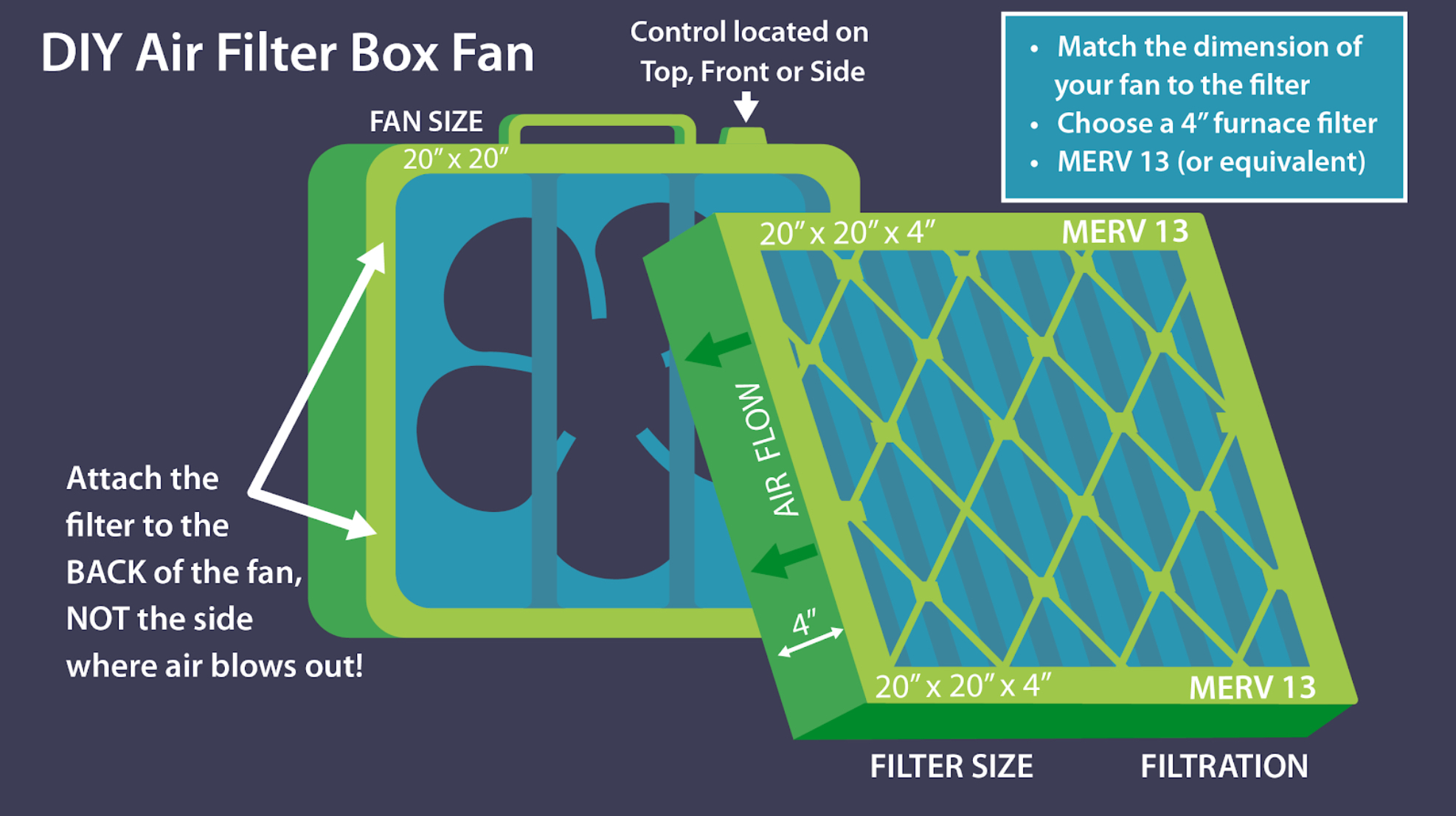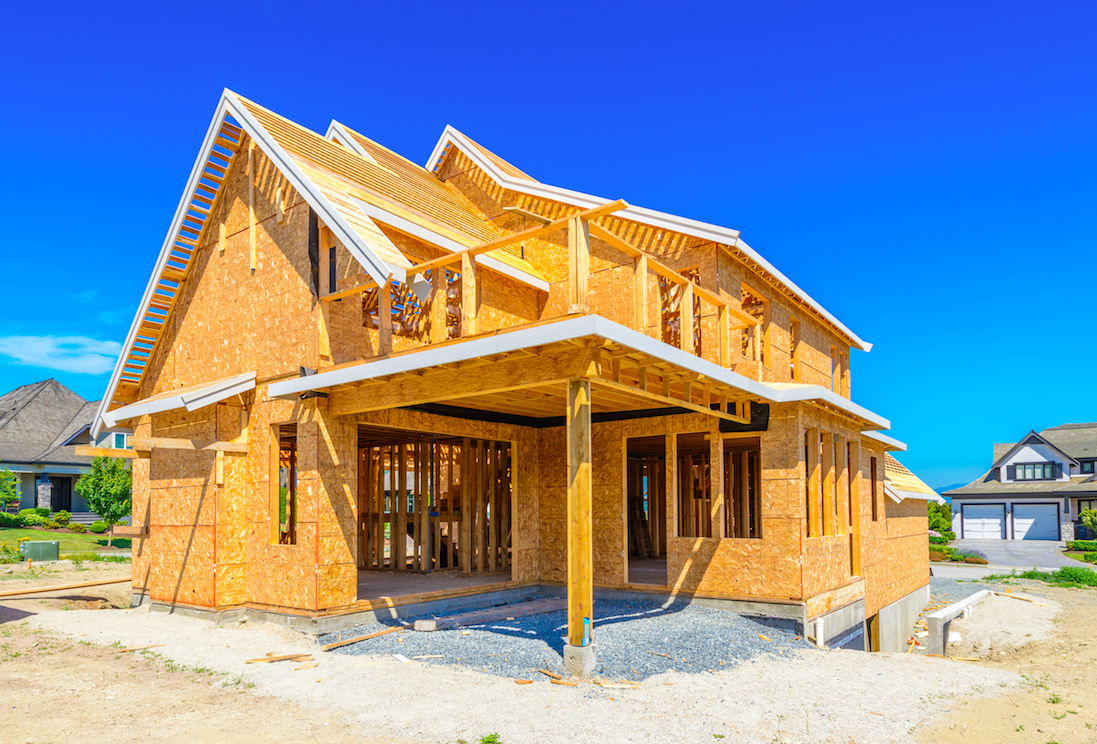Moving is stressful enough without having to worry whether conditions in your newly rented home might impact your health. While it is impossible to guarantee that any home is completely free of issues, here are ten things to pay attention to when you are looking at properties.
Quick tip: Bring a flashlight and try to see properties during the day when the light is better. While it is tempting to check out the view, it is more important to look down at floors and walls, up at the ceiling, and under the sinks!
1. Odors.
The first few minutes in the property will tell your nose a lot of information. There is a difference between a property that is well sealed and a property that has had moisture issues, smokers, or other conditions. If the windows are open when you arrive, you should close them and see if odors develop. If you notice a “dirty” or musty odor, you may be noticing a mold problem.
2. Windows and Doors.
Open and close all of the windows. Easily openable windows are an indicator of a stable and well-maintained property. Windows should stay open and have screens that are free from damage. All interior and exterior doors should open easily and close snugly. Exterior doors, including doors to the garage, should be solid and have weather stripping around the edge, blocking all light.
3. Leaks.
Put the stopper into sinks and tubs, fill with some water, and let them drain. If they drain quickly, you’ll know there aren’t any clogs. Look under the sink(s) for signs of active or past leaks. Keep an eye out for water stains, damaged wood, or sagging cabinets. Sit on the toilet and see if rocks. If it does, it is loose and can be prone to leak. Look on the floors, especially around refrigerators and washing machines, and up at the ceiling. All these places are prone to leaks.
4. Exhaust Fans.
Turn on bathroom, kitchen, and any other exhaust fans you see. Let them run for ten minutes and see if the sound changes. If possible, test bath and laundry fans by placing a single sheet of toilet tissue against the fan grill. If the tissue “sticks,” the fan is working properly. You can do the same on the kitchen exhaust. It’s best if the kitchen exhausts to the outside and does not recirculate. The fan, grill cover, and grease filter should be clean and you should be able to access all three.
5 . Heat and AC.
If they aren’t already on in the rental property, ask if you can operate the heat and A/C (note: air conditioners shouldn’t be operated if it is below 40º or was below freezing the night before).
Depending on the season and current temperature, a typical furnace will provide warm air in about 5-8 minutes after the furnace is turned on or up. A/C can take longer, around 10-15 minutes for cool air. Most states only require a heating system. Ask if there is a cooling system installed.
6. Exterior Maintenance.
Walk around the outside of the property and pay attention to conditions around windows and the maintenance of siding. They should be free of significant damage or signs of rot. Check if the perimeter has a clear path for water to drain away from the foundation, or if there are signs of standing water. Check for foundation cracks and evidence of water damage which can signify problems. Vegetation should not be touching the side of the building. Remember to look up at the roofline for issues and to make sure gutters are in good condition. If there is a fire escape, confirm it is in good working order.
7. Carpet.
Hard surfaces are easier to clean, so if you can find a place with no or minimal carpet, you are less likely to have issues. Old carpet has a history of all the previous occupants, both human and animal. Remember, brand new carpet will look nice, but can off-gas chemicals which may be problematic for people who are sensitive.
8. Age of Rental Property.
If you aren’t sure, ask about the age of the property and when any major remodeling occurred. If the property was built before 1978 and you notice flaking paint and you have kids: move on. There could be a risk from lead paint. Another thing to consider is that most furnaces, A/C systems, hot water tanks and roofs have a life span of about 15 years. So if the property is 15-20 years old, ask what has been updated and when.
9. Neighborhood.
If possible, ask the neighbors if they know of any issues or concerns with the property. Look around for outdoor pollution sources that might create indoor air quality problems for you.
10. Smoke Detectors.
Make sure each floor has a smoke detector near the bedroom(s), and confirm that they are working. We also recommend that a carbon monoxide detector is installed in or near the master bedroom.
Remember to trust your senses! What you see, smell, and hear, plus your general experience, is the best guide for your decision making. For more, read the EPA guide Help Yourself to a Healthy Home.
Hayward Score helps you discover how your home may be impacting your health in minutes – – for FREE!
Answer a quick set of questions then get a personalized list of action items. Transform your home and health today!

ARE YOU CONCERNED YOUR HOME IS MAKING YOU SICK?
Our guide on indoor quality will help you diagnose possible issues and implement intelligent solutions to improve the quality of the air inside your home.















